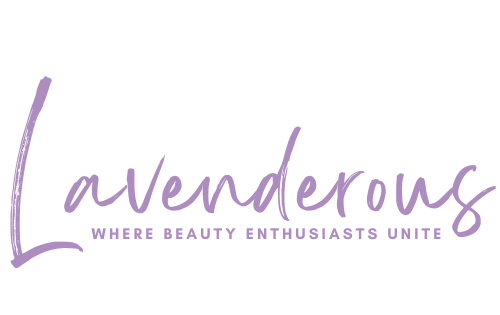Skincare is a big part of our life. We prefer to be cautious of the products we use on our skin, and rightly so! When a product comes under our spotlight, we gauge its texture, ingredients, formulas, and more. But the most critical part is ensuring the elements work harmoniously on our skin type.
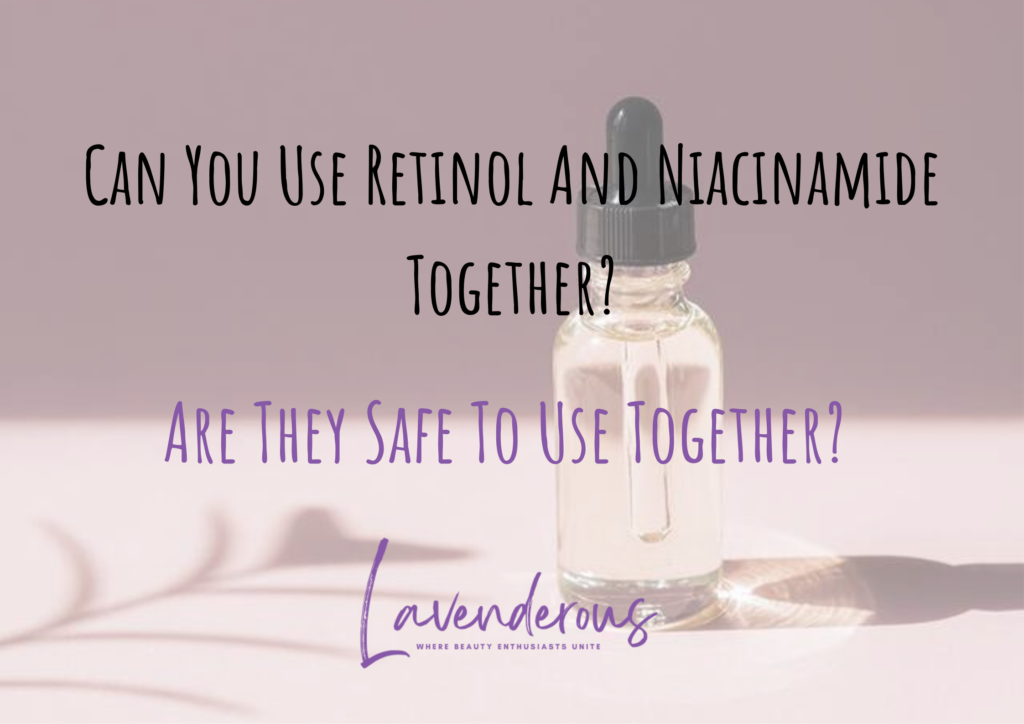
With the plethora of opposing opinions on the internet about various compositions and their uses, it gets confusing to sieve the right kind of details that we desire. One such question lingering on internet searches is, can you use retinol and niacinamide together?
These two ingredients are used abundantly in the skincare industry. However, can they be used together without any side effects? Who should not use it? What do the skincare experts think about it? Hang on in here till you get all your answers.
Can You Use Retinol And Niacinamide Together? | Are They Safe To Use Together?
There are many combinations (as discussed in detail later) that we should avoid. However, this combination, in particular, is safe. This article also briefly covers combining these ingredients with Hyaluronic Acid, AHAs, BHAs, Lactic Acid, and Peptides. We kept in mind the frequent doubts that occur to people and tried answering most of them.
Knowing Retinol And Niacinamide
Before moving on to the next part, let us quickly glance at these quintessential skincare ingredients, their uses, and their side effects.
Retinol is a form of Vitamin A that is an excellent skincare product. With its multifarious roles, it helps replenish and nourish our skin and keeps the early signs of aging at bay (Cleveland Clinic, 2022). People most commonly use the over-the-counter options of retinol available.
Beginners should use the suggested retinol concentration of 0.25 percent to 1 percent once or twice weekly. And then, you may gradually ramp it up to more days. Opt for it after 20 minutes of applying niacinamide. It starts working on your skin; you can see results in a few weeks. Here are some of its benefits:
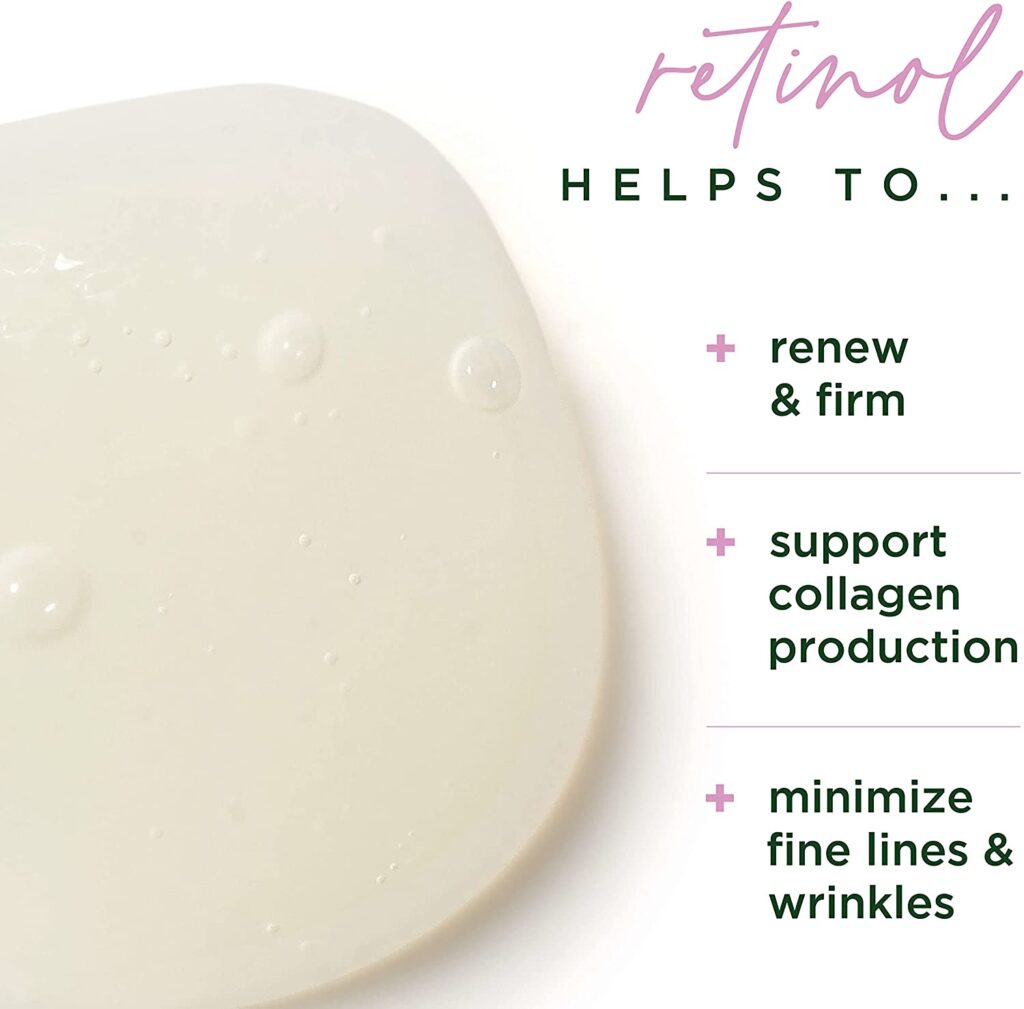
Benefits
- It treats acne by preventing clogged pores and improves the appearance of acne scars.
- Reduces hyperpigmentation.
- Boosts collagen production.
- Lessen the signs of aging, like fine lines and acne.
- Aids various skin conditions like psoriasis, melasma, stretch marks, etc.
Side Effects
- People with susceptible skin may develop irritation.
- It worsens the effects of sunburn.
- Retinol may result in flaky or peeling skin in its earlier uses.
What To Mix With Retinol?
Hyaluronic acid is a natural humectant that works wonderfully with retinol. In the case of dry skin, one may layer it before applying retinol to lessen the severity of its effects.
Even though lactic acid comes under AHA, it is safe to use it 30 minutes before retinol. It helps to remove dead skin cells and prepares the skin for retinol. However, in the case of sensitive skin, you should avoid using lactic acid before retinol because it may irritate the skin.
Retinol combined with peptide prompts collagen production and hydration in the skin. Hence, all the elements mentioned above may pair well with retinol.
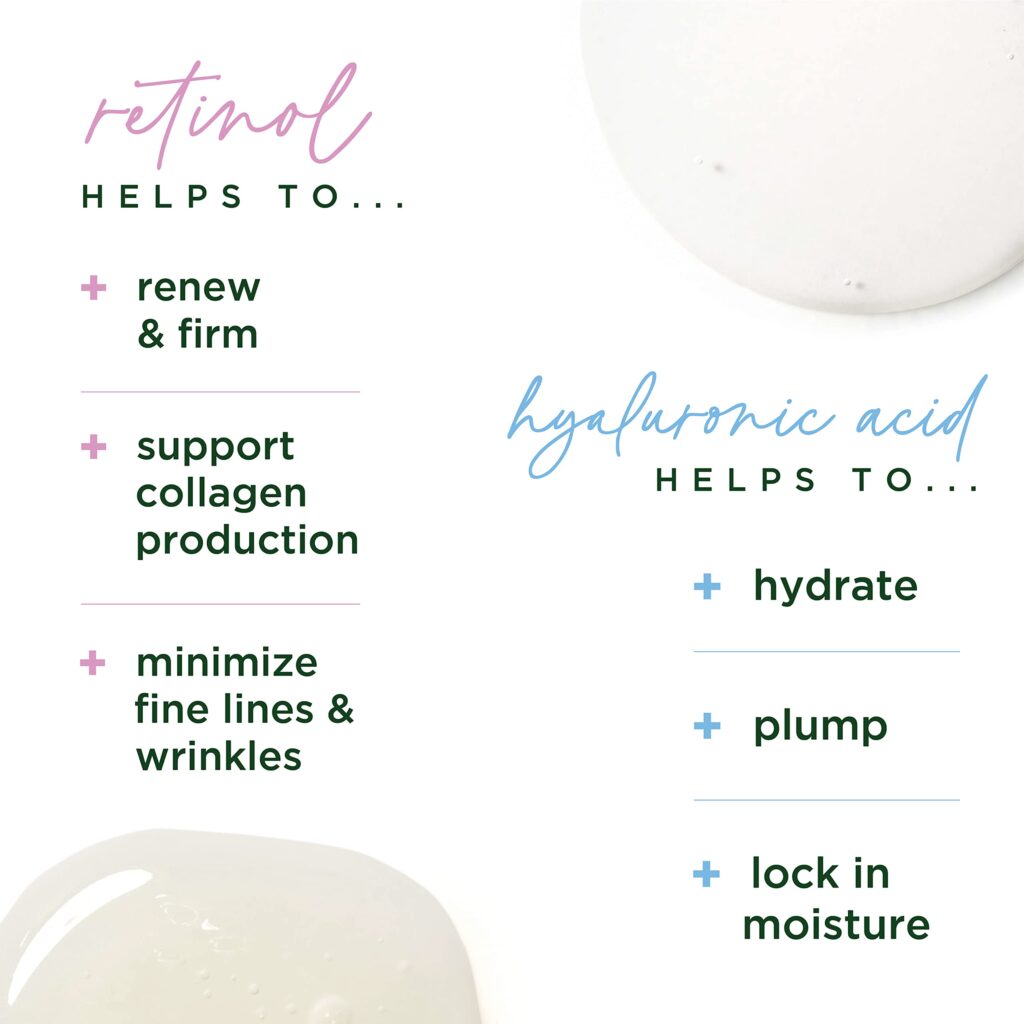
What To Not Mix With Retinol?
You must not include some exfoliators like Glycolic Acid and Salicylic Acid coming under AHA and BHA acids. They can dry out the skin making it prone to irritation.
L-ascorbic acid, a form of Vitamin C, is also suggested not to be used with retinol as it adds no benefits.
Niacinamide, or Vitamin B3, has garnered enough fame for itself. It is known for its array of improvements in the skin (Berge et al., 2005). It oversees everything from toning the skin to strengthening the skin barrier and regulating oil production. It aids in reducing fine lines and has antioxidant properties.
Beginners should opt for formulas with 2% niacinamide after cleansing and before 20 minutes of applying retinol. You may use it daily as it usually goes gently on your skin.

Benefits
- Treats acne and hyperpigmentation.
- Lessen signs of sun damage and acts on wrinkles.
- It comes with antioxidant properties.
- Niacinamide regulates oil production.
- It may diminish the appearance of large pores.
Side Effects
- People with sensitive skin may experience itching or burning after using it.
- It may cause redness if used in higher concentrations.
What To Mix With Niacinamide?
Hyaluronic acid hydrates the skin, so experts suggest to layer it before applying niacinamide.
Peptides and niacinamide are safe to use together too. You may apply the product containing peptides after niacinamide.
You can pair lactic acid with niacinamide, but with caution, as both can affect sensitive skin harshly, especially if you have rosacea or eczema.
Even salicylic acid and glycolic acid complements when used after niacinamide.
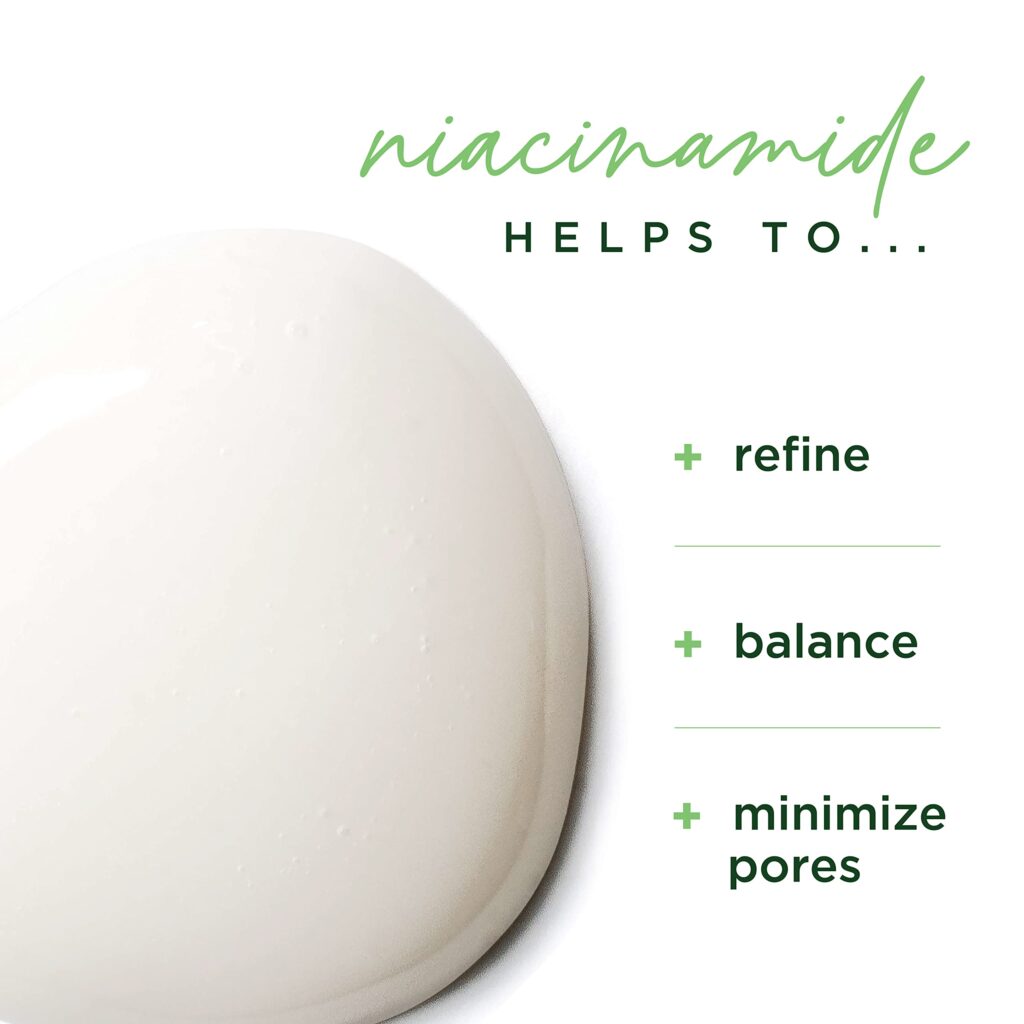
What To Not Mix With Niacinamide?
Experts suggest not pairing Vitamin C with niacinamide as they’re ineffective. Lactic Acid with niacinamide may flare up sensitive skin, so you must avoid using them together.
Layering Retinol And Niacinamide | How Does It Work?
Both ingredients have an incredible effect on our skin. Layering both retinol and niacinamide have an array of benefits. Prior use of niacinamide helps to calm the skin to be more receptive to retinol. As a result, lesser chances of irritation prevail (Song et al., 2008, 229-36).
Niacinamide increases the synthesis of ceramides, fatty acids, and cholesterol (Tanno et al., 2000, 524-31), which mobilizes the retinol’s ability to make the skin smoother in texture. Niacinamide stabilizes oil production in the skin. Thus, it balances retinol’s negative effect of drying out the skin.
The results that appear after a few weeks of applying them are:
- Skin brightening and reduction in fine lines.
- Even toned skin after diminishing acne scars.
- Reduction in the appearance of pores and regulation of excess oil.
- The skin undergoes a renewal process and appears healthy and glowy.
In brief, the individual benefits of these ingredients multiply when used together.
How To Use Niacinamide And Retinol Together?
You can use niacinamide and retinol together, as detailed here:
- Begin with a gentle cleansing face wash for 30 seconds, then rinse it off.
- You may use retinol and niacinamide individually or in a product with both ingredients.
- In the case of layering them, keep in mind the thumb rule of applying the lightest/thinnest component first.
- If you use them in the daytime, follow with an SPF.
FAQs | Retinol And Niacinamide
Should I use retinol before or after niacinamide?
The best way to use both serums is to apply niacinamide first and then follow it with your retinol. Remember the thumb rule of applying products from thinnest to thickest in texture. Generally, after cleansing, you go for toner and then serum, followed by moisturizer and SPF. If your product is a moisturizer with niacinamide in it, then, in that case, you may go with your retinol serum first.
How long after niacinamide can I apply retinol?
Some experts opine that even no gap between them is okay. But, others feel that 15-20 minutes should be enough for the formulation to be well-absorbed in your skin before you apply retinol. If you’re a beginner, choose the second option.
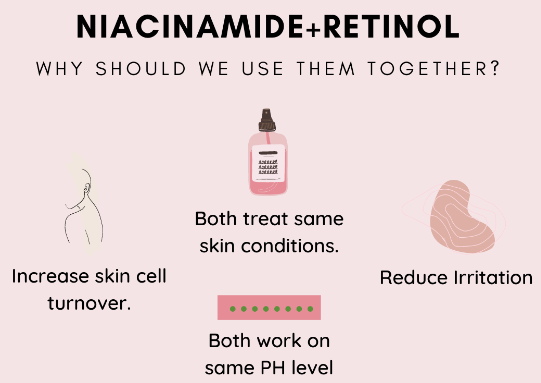
Can you use niacinamide and retinol on the same day?
Yes! You can safely use niacinamide and retinol on the same day as a part of your skincare regimen. If you’re a beginner, using niacinamide in the morning and retinol in the evening is recommended to see if they fit nicely on your skin.
Can you use retinol and niacinamide from The Ordinary brand together?
Yes, you can use this brand’s niacinamide and retinol products together. It is demonstrated wonderfully in this video.
Closure
Can you use retinol and niacinamide togehter? We hope that this article answers this question well. Retinol and Niacinamide work like magic on our skin. Both of them complement each other when used in a skincare routine.
As can be seen more often than not, almost all skincare products boast of having them in their composition list. But at the end of the day, remember that they are a form of Vitamin A and Vitamin B3. So, ensure you have enough of them (as foods) in your daily diet.
You got any queries or additional information that I missed out on? Do reach out to us by commenting below.
